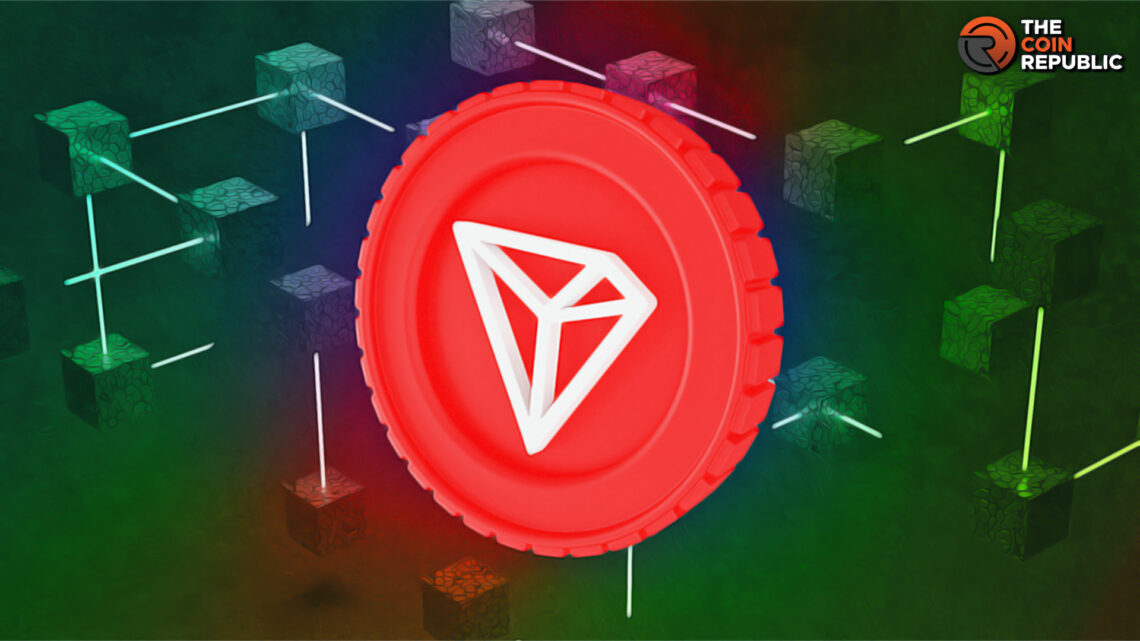- 1 Tron’s DPoS consensus combines decentralization, scalability, and community-driven governance for a robust blockchain.
- 2 SR nodes on Tron maintain network security through community-elected positions and block production responsibilities.
- 3 Voting in Tron’s ecosystem empowers users to shape the network’s direction and ensure its integrity.
The Tron blockchain is a public, permissionless blockchain network that leverages blockchain technology to generate and transfer digital assets and smart contracts without requiring prior approval or access control. At the core of the Tron network is a delegated proof-of-stake (DPoS) consensus protocol that enables high transaction throughput and decentralization through community voting.
Block Producers in Tron
Tron has 27 Super Representative (SR) nodes responsible for producing and validating new blocks in the blockchain. These SRs are elected by TRX holders who vote for their preferred node candidates.
To become eligible for election as an SR, potential candidates must fulfill certain technical specifications set by the Tron Foundation, such as running high-performance server hardware and a minimum token balance. Candidates also pay a registration fee of 9999 TRX, which is refunded if they end up securing an SR position.
The community democratically elects the SRs and is constantly accountable to TRX voters. If they underperform or act maliciously, voters can simply switch their votes to different candidates, automatically removing them from consensus participation. This maintains network security and alignment with user interests, and they are considered in the first place.
Responsibilities of Tron SRs
As the validators and block producers on Tron, the SR nodes have important responsibilities:
The Super Representative nodes have several key responsibilities as Tron’s block producers and validators. First, they must take turns generating new blocks containing pending transactions, following the predetermined block production schedule.
SRs also vote to confirm the validity of blocks and transactions before adding them to the blockchain, providing consensus. In addition, SRs cryptographically sign all new blocks they create before propagating them across the network for identity verification.
Furthermore, Tron’s SR nodes must contribute substantial bandwidth, storage space, and computing resources to support the operation of the blockchain and its activities. They also participate in platform governance by submitting and voting on proposals to determine technical upgrades or changes to the network. These duties are crucial for SRs to help maintain a secure, decentralized, high-performance blockchain.
SR Incentives and Rewards
Tron SRs earn block production rewards in TRX for each block they produce. Their overall earnings are proportional to the total votes they receive from the community – higher vote shares lead to greater compensation.
Voters who delegate their stake towards certain SRs also receive TRX dividends, providing incentives on both sides. Additionally, contribution, proposal, and transaction fee rewards supplement regular block provisions.
Tron Voting Mechanism
TRX holders can participate in Tron’s consensus process by voting for the SR candidates of their choice. The more TRX held by a user, the greater their voting power. Votes are weighted based on proportional token share rather than a one-tone-one vote model.
To cast votes, TRX holders first need to “freeze” tokens, which locks them up to obtain Tron Power for voting. By freezing TRX, users retain ownership but agree to forfeit liquidity in exchange for greater influence in voting temporarily.
Votes are priced according to market rates for the amount of Tron Power required. Users can spread their votes across multiple SRs or focus voting power on specific candidates. Votes have an expiration period, so they must be re-cast to maintain a voter’s influence.
Importance of Voting in Tron
Community voting enables decentralization on Tron by giving control to everyday users over the consensus process. By evaluating SR candidates and casting thoughtful votes, TRX holders get to choose the nodes securing the blockchain directly.
Voting for high-quality SRs enhances the performance, security, and integrity of the Tron network. Malicious actors can be eliminated by redirecting votes towards more reliable nodes. Voting also creates competition among SR candidates to provide better service and value to the community.
Through this voting mechanism, the direction and governance of Tron become democratic. Even though SRs facilitate consensus, ordinary token holders wield ultimate power through their votes. This system aims to give power back to the people.
Tron Delegated Proof-of-Stake Consensus
Tron utilizes a delegated proof-of-stake (DPoS) consensus algorithm to validate transactions and blocks. In this model, the SR nodes elected by community voting are responsible for the validation and block production process.
DPoS consensus enables high scalability by limiting the number of nodes participating in consensus. Only the 27 SRs can take turns proposing and validating blocks, preventing a bottleneck. This allows Tron to generate blocks every 3 seconds with minimal confirmation times.
When an SR produces a new block, it propagates it to the rest of the network. The other SRs then run consensus to verify block validity and achieve agreement on its transactions.
If a supermajority of SRs approves the block, it is confirmed and added to the blockchain. Then, the next scheduled SR produces the subsequent block. This cycle repeats rapidly, enabling a throughput capacity of up to 2,000 transactions per second.
The Tron DPoS model offers the decentralization and security of proof-of-stake and the scalability of a limited validator set. User voting enables oversight over the consensus process instead of relying on validating nodes.
This hybrid model allows Tron to achieve the “best of both worlds”. The blockchain can remain fast, efficient, and capable of mass adoption without compromising too heavily on decentralization.
Conclusion
Tron’s delegated proof-of-stake consensus protocol elected block-producing SRs, and community voting mechanism enable it to operate as a high-performance yet decentralized public blockchain. These components offer security, integrity, and scalability for Tron to support decentralized applications with fast and low-cost transactions.
The governance of Tron is ultimately in the hands of TRX voters, who decide on the nodes that facilitate consensus and produce blocks. By aligning incentives between SRs, voters, and the community, Tron aims to evolve into a robust, voter-driven ecosystem.

Adarsh Singh is a true connoisseur of Defi and Blockchain technologies, who left his job at a “Big 4” multinational finance firm to pursue crypto and NFT trading full-time. He has a strong background in finance, with MBA from a prestigious B-school. He delves deep into these innovative fields, unraveling their intricacies. Uncovering hidden gems, be it coins, tokens or NFTs, is his expertise. NFTs drive deep interest for him, and his creative analysis of NFTs opens up engaging narratives. He strives to bring decentralized digital assets accessible to the masses.


 Home
Home News
News






